The Helsinki Police Department successfully fulfilled their basic duties during the exceptional start of the year
According to statistics of the start of the year (1 January to 30 June 2020), the number of emergency assignments increased by four per cent and the number of crimes reported to the police by six per cent. The number of licences issued by the police decreased temporarily.
The number of emergency assignments grew by four per cent: in total, the Helsinki Police Department carried out 86,000 assignments. In assignments under category A (a direct threat to life, health or property), the police arrived on the scene in five minutes on average. The number of domestic disturbance calls increased by 47 per cent at the beginning of the year, when disturbances that would normally take place in public areas were now occurring at home instead.
In June, the situation of emergency assignments changed substantially, when people were allowed to move around but not visit restaurants. The weather was very warm in June, which attracted people to spend more time in town, parks and beaches, increasing the number of disturbance assignments.
The exceptional year clearly affected the licence services. Early in the year, the number of issued passports was 38 per cent smaller than in the previous year, and the number of identity cards 28 per cent smaller. The Helsinki Police Department issued a total of 60,000 licences during the first half of the year.
“The Helsinki Police Department managed its operations well during the coronavirus pandemic. The police were able to handle urgent emergency assignments and serious crimes the entire time. We were prepared for COVID-19 in time, and our personnel showed their skills and ability to adapt in these exceptional circumstances,” says Heikki Porola , Chief Superintendent at the Helsinki Police Department.
The special assignment during the exceptional circumstances, i.e. monitoring movement on the Uusimaa regional border, has not affected the biannual statistics. The police inspected over half a million vehicles on the Uusimaa border under this operation led by the Helsinki Police Department.
The restrictions on movement significantly influenced traffic otherwise as well. The reduction of commuter and other traffic increased driving speeds, but drivers who drove drunk or over the speed limit were caught easier. The total output of the police’s automatic surveillance decreased with the new Road Traffic Act.
“We are well aware of the current situation of safety in Helsinki, and we respond to challenges proactively. The statistics from the first half of the year do not highlight anything new or surprising. An increasing number of crimes reported to the police are related to drugs. Marginalisation is another underlying reason behind crime”.
An increasing number of crimes reported to the police are related to drugs
During the first half of the year, nearly 38,000 criminal law offences were reported to the Helsinki Police Department. The number is a couple of thousands higher than in the corresponding period last year. When going through the police’s crime statistics, you should consider at least these three vital points:
- It concerns crimes reported to the police. Many types of crime involve a great deal of hidden crime, which means that for one reason or another, the police never learns of the crime or they find out about it much later.
- It concerns short-term changes that are not enough to draw solid conclusions.
- It is only a matter of suspected crime. The police investigates the matter and brings it to the prosecutor to solve.
The numbers can be viewed based on the crime type or name of crime. However, not all crimes are processed individually in the statistics.
Jonna Turunen , Detective Chief Superintendent and the head of the criminal investigation unit at the Helsinki Police Department, pays attention to the following changes in the biannual statistics:
- Growth in the number of attempted homicides and aggravated assaults
- attempted homicide: +12 cases, +48% (37 cases)
- aggravated assault: +29 cases, +43 % (96 cases)
- Growth in the number of narcotics offences
- all subtypes in total: +931 cases, +35 % (3623 cases)
- Serious traffic safety hazard +101 cases, +75%
Growth in the number of attempted homicides and aggravated assaults
A suspected assault can be considered aggravated if, for example, a firearm or edged weapon is used. Their use may just as well be considered an attempted homicide, depending on how lethal the injuries are and what the offender’s intentions were.
“There is no clear reason why the number of serious violent crimes has grown. However, in an increasing number of cases, the underlying reasons and motives have been narcotics and narcotics-related debts. Narcotics and aggravated violence are clearly interlinked”.
Some patterns are still apparent behind aggravated violent crime. In most cases, an edged blade is used for the crime. The offender and victim know each other, or know of each other, beforehand, and they may socialise with the same people. They may also both be involved in criminal activities or be marginalised from society. Some cases of aggravated violent crime are also related to intimate partner violence.
From time to time, there are individual cases in Helsinki, where a third party is the victim of a violent crime. Each case is different and they share no single explanatory factor. The offender’s mental health issues may be an underlying factor, for example.
“We have noticed that in some cases, the threshold for violence has lowered, people are prepared for violence and they may carry a bladed weapon around, for example. The situations may involve several people and a scuffle can also break between people who do not know each other previously”.
The number of narcotics offences is increasing
The total number of narcotics offences has grown. Some 300 narcotics offences reported in Helsinki in the early part of 2020 are related to the narcotics offences discovered from the Silkkitie web server. However, it is not enough to explain the growth.
In Helsinki too, the narcotics trade is international cross-border crime, and the significance of organised crime groups of foreign origins is becoming increasingly more highlighted. The members of the groups are often professional criminals that have connections all around Europe. Most of them have arrived in Finland for the sole purpose of narcotics importation and distribution.
“Narcotics crime is hidden crime, and any increase in the statistics can also be a sign of the authorities’ success in uncovering and solving narcotics offences. Therefore, it is important to monitor the long-term changes”.
More aggravated traffic offences
Serious traffic safety hazards are also often related to narcotics. Either so that the driver is under influence of narcotics or there are narcotics inside the vehicle.
A large part of the serious traffic safety hazards relate to exceptionally high speeding.
“In some cases, the driver has decided to escape the police, for one reason or another. The reason may be, for example, narcotics inside the vehicle or another crime that could be discovered when pulled over by the police. The suspects are often young men. Many of them are repeatedly suspected of similar acts.
When people have been spending time at home more, there has been less crime in town
The biannual statistics show that some types of crime have reduced. Such types include sex offences (-20%) and domestic violence (-14%). However, it does not mean that there has actually been less sex offences and domestic violence.
“The aspect of hidden crime is strong regarding sex offences and domestic violence. There may also be some delay in reporting such cases. Therefore, we cannot draw any large conclusions on the crime rate, based on these statistics. Services that help victims of crimes, such as chat support for domestic violence, have been popular during the exceptional spring”.
For the part of sex offences, it is possible that the exceptional circumstances may have affected it and the currently known crime.
“Because of the coronavirus-related limitations, people have not been out in town as much and restaurants have been closed. In the short-term, this may have affected many types of crime that often occur in public areas, such as sex offences and assaults.
Statistics 1 January to 30 June 2020 pdf, 319,9 kB
Statistics 1 January to 30 June 2020 2 pdf, 343,5 kB




